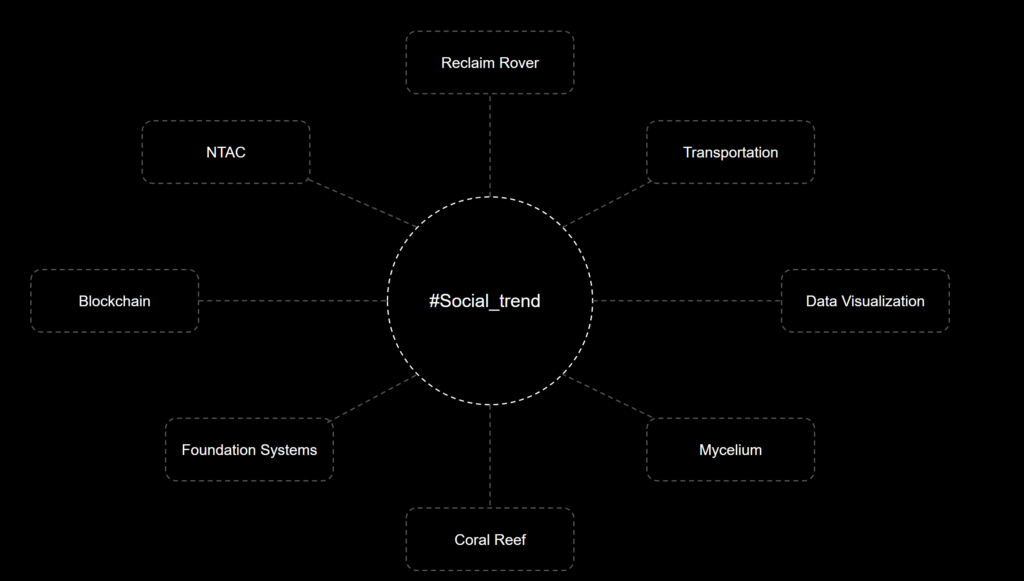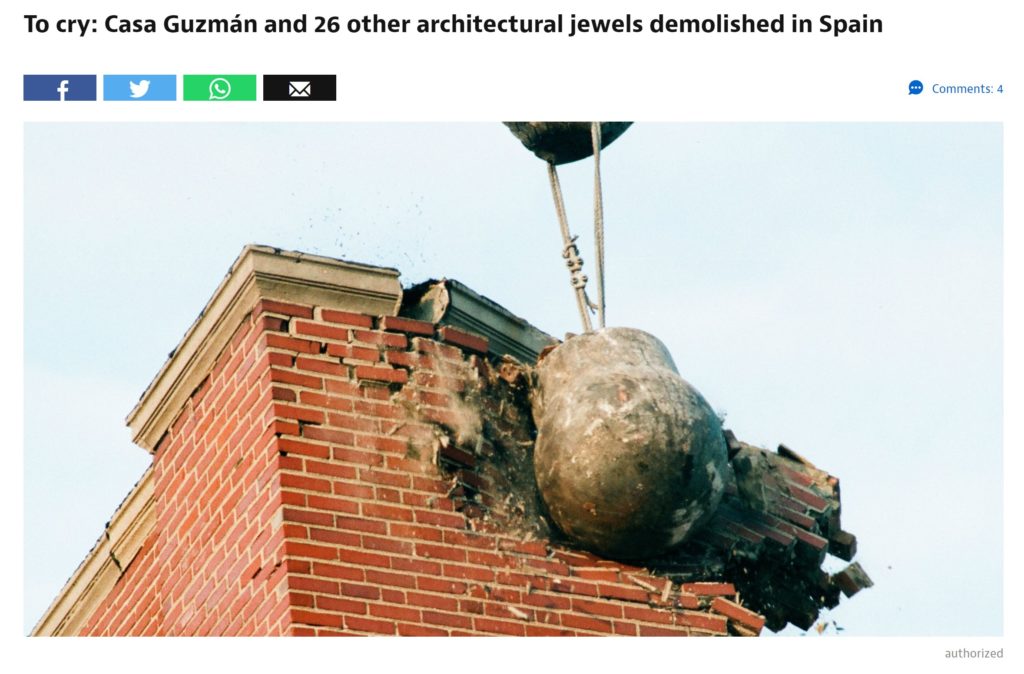The building and construction industry is currently not meeting the targets for achieving decarbonization by 2050. Heightened environmental expectations from regulators, investors, and occupants have led to an uneven business landscape.Regulatory frameworks aimed at reducing carbon emissions, such as building codes and energy efficiency standards, are becoming more stringent, further complicating the landscape for businesses. Compliance with these regulations requires investment in new technologies, materials, and construction methods, which can pose financial challenges for companies, particularly smaller firms with limited resources.
AIM
To propose a critical framework focused on real world deployment scenarios. Develop an idea which can enhance decarbonization of building sector. Challenge the current business methods.
OUTLOOK
Initiating changes from the grassroots level is essential to propel the transition toward a decarbonized industry. This can be achieved if the citizens are actively involved and giving feedback or reflect about the current building sector. This can drive a sustainable business model which can eventually lead to a decarbonized construction sector.
Literature Study
1. The performance of exceptional public buildings on social media–The case of Depot Boijmans
Inference
- Textual and visual online communication can play an important role in boosting exposure and affecting how a building acquires iconic status.
- Exceptional buildings are often commissioned to become icons that affect how their host institutions and even cities are perceived.
- “the more a building is capable of engaging somehow the visitors beyond the program that it is meant to solve, at least from a certain point of view, the more it is successful”

2. Interrelations between the Media and Architecture: Contribution to Sustainable Development and thConservation of Urban Spaces
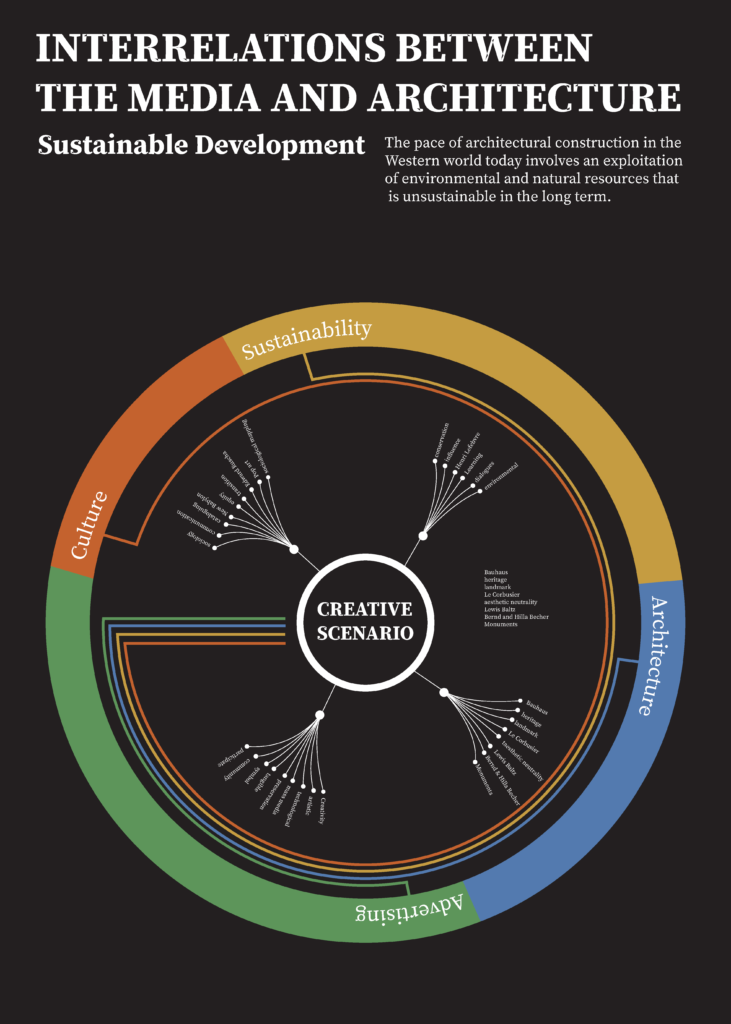
Abstract
The pace of architectural construction in the Western world today involves exploitation of environmental and natural resources that is unsustainable in the long term. The purpose of this article is to introduce a line of research on urban and industrial architecture, its use and its ultimate purpose in terms of social development and sustainability. We offer an overview of the main architectural movements that advocate the rational use of resources and of existing urban architectural constructions, and we explore the role of governments and the media in the use of architectural spaces. Various cases are considered, mostly in Spain, of derelict architectural spaces which, thanks to interventions by artists or major brands, have been given new uses with a view to contributing to a more sustainable world.
Key findings
The rapid pace of architectural construction in this world often leads to the unsustainable exploitation of environmental and natural resources.
The article aims to explore the relationship between urban and industrial architecture, its use, and its impact on social development and sustainability.
It highlights the role of governments and the media in shaping architectural spaces.
One purpose of this research is to determine whether advertising is capable of acting as a tool for vesting derelict architectural structures with value. In this way, the media can contribute to the sustainability of projects to redefine spaces in urban areas.
Media’s Role in Architectural Spaces:
- The media plays a crucial role in redefining derelict architectural structures.
- Through interventions by artists or major brands, abandoned spaces gain new uses, contributing to a more sustainable world.
- Examples from Spain demonstrate how media-driven initiatives transform neglected spaces.
Advertising and Sustainability:
- The article explores whether advertising can vest abandoned architectural structures with value.
- By doing so, the media indirectly contributes to the sustainability of urban projects.
- While this study focuses on Spanish interventions in the last 15 years, it suggests a broader avenue for future research.
Holistic Sustainability:
- Sustainability involves more than just environmental aspects. It encompasses economic, social, and cultural dimensions.
- Repurposing architectural spaces can contribute to the reconstruction of urban fabric and enhance social well-being.
In Spain and throughout Europe there have been numerous public and private initiatives to preserve our architectural heritage, but sometimes a lack of awareness of a building’s artistic value can result in the destruction of its identity, or in the worst cases, its demolition. Indeed, this was just what happened in January 2017 to the Casa Guzmán, a major European architectural landmark designed by Alejandro de la Sota in 1972.
The mass media has the ability to influence a specific target audience very quickly. The hypodermic needle theory, developed by Harold Lasswell.for a political context, posits that media communication can act on a specific segment of the population in the same way as a hypodermic needle, noiselessly, and motivate them to behave or think in a certain way in response to different issues.
Limitations
The article acknowledges that precise economic and environmental benefits of repurposing versus demolition fall beyond its scope. However, it lays the groundwork for future studies on the media-architecture-sustainability nexus.
In summary, this research underscores the power of media in shaping our built environment, promoting sustainable practices, and preserving urban spaces.
Proposal
Release a social media trend of making people contributing to the rating buildings based on carbon neutral quality.
Using advanced media tools like AR/VR to perceive and rate the performance of buildings.
Make it look cooler to younger generations by using movies and advertisements as tools to program a positive framework in using these applications.
Current rating system analysis
BREEAM – Building Research Establishment Environmental Assessment Method. BREEAM evaluates the environmental performance of buildings and infrastructure, measuring aspects such as
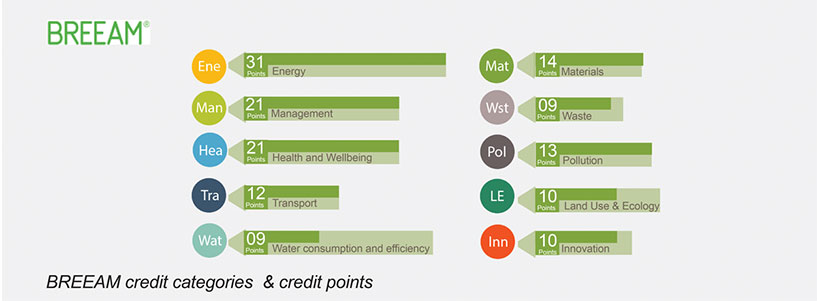
- Energy efficiency
- Land use
- Water management
- Health and wellbeing
- Pollution control
- Transport
- Materials
- Waste management
How are they measuring it?
- Energy: building operational energy and CO2 emissions
- Management: management policy, commissioning, site management and procurement
- Health and Wellbeing: indoor and external issues (noise, light, air, quality, etc.)
- Materials: environmental impacts of building materials
- Transport: transport-related CO2 and location-related factors
- Water: building consumption and efficiency
- Waste: construction and operational waste management
- Pollution: water and air pollution
- Land Use & Ecology: site and building footprint and ecological value and conservation.
Social trend policy strategies

Rate the experience of a building in terms how sustainable do you think it is.
On what basis are we rating it?
Rate based on these parameters:
- Natural lighting
- Natural ventilation and indoor air quality (Is it air conditioned or not)
- Furnitures
- Materials used in the building (Immediate materials in contact with user)
Who is rating it?
- People who are using the building can rate. they Can be anonymous in rating
- Commercial and institutional buildings.
- Rating to make awareness and reflect to policy makers and investors what people actually need.
- Non profit NGO and volunteers. Crowd funded by sustainable enthusiasts community will control platform.
- Everyone can see rating, like Google, Trending social media handles, and Website
How do we make it more attractive to enhance participation.
- Gamification of the rating process by giving points and badges (NFT)
- Using Virtual Reality to show the ratings.
User experience
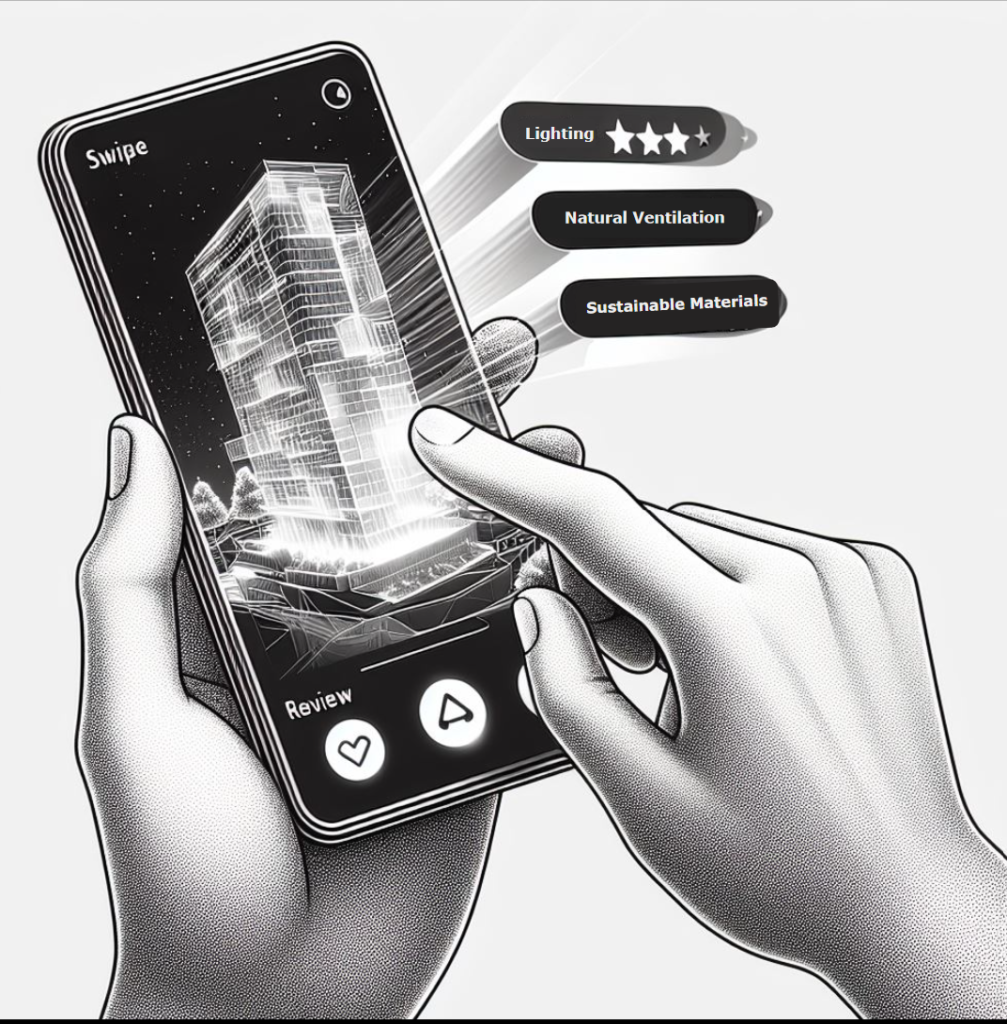
When do they rate it?
- Users have the ability to rate twice an year. They will be notified based on their average GPS location on average working hours.
How user friendly is it?
- People from all age groups, irrespective of gender and social class can use it.
- Simple gestures like swiping and clicking on respective fields to rate it.
- The experience is more engaging and interactive with VR
How is it measured?
- Can be measured by the rating intensity by the prescribed rating window.
Possible Limitations
- Non participation by the people
- The building owners restricting the users from using it
- Not reaching the target people who uses the user analytics to make a change
How do we check these?
- Create a social trend where without the ratings, people will be joining a non participation movement.
What is the ultimate goal of this social trend?
- Create an involvement to people in contributing and reflecting to the performance and experience of a building in terms of the sustainability and eventually leading to decarbonizing the building sector.
